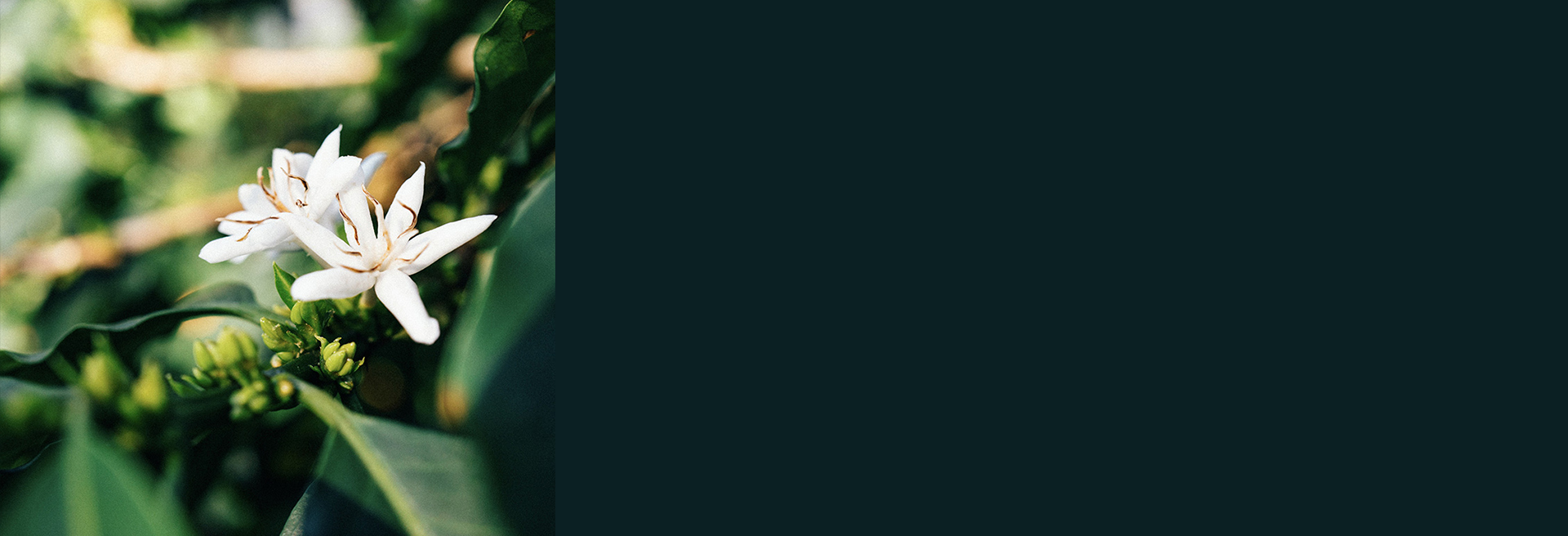FREE EU SHIPPING ON 4 BAGS
Guatemala
Finca La Esperanza, Cipresales lot - Guatemala
250g
QUALITY SCORE: 88.00
Cup Notes
Pomegranate / Grape / Plum / Blackberry / Caramel
Suggested for espresso and filter
when we roast
We freshly roast to order all coffees on Monday, Wednesday and Friday (excluding national holidays), and ship the same day! Cut-off time is 11:59pm (UTC+1) of the day before the roast day. *We only ship whole beans*
Details
- Producer
- Francisco Morales
- Country
- Guatemala
- Terroir
- Huehuetenango
- Altitude
- 1600 mt
- Process
- Classic Washed - Raised Beds
- Arabica cultivar
- Caturra, Catuaì
- Picked in
- January 2018
- Arrived in
- August 2018
- Shipped in
- Jute + GrainPro
- Roast profile by
- Rubens Gardelli
- Roasted on
- Customised solid-drum roaster
THE STORY BEHIND
Francisco Morales and his wife have been the proud owners of La Esperanza farm in Cipresales for over 40 years. And they have achieved a great deal.
As for many other producers, the initial years of starting their farm activities were very challenging ones. But thanks to the hard work, dedication and commitment of the family, the farm has grown into a business that provides income for the household and generates a source of employment for many others in the surrounding area. You can imagine that the name of the farm, which in English translates into “The Hope”, explains well how important coffee production is for them.
Francisco is the type of person that never feels done learning new things. His eagerness to hear experiences from others, and try out new things at the farm, wet mill or drying area, makes that we feel excited to be working with him. His curiosity and interest for improving coffee quality resulted in winning several prizes the Huehuetenango Highland competitions. This year he dried the parchment coffee under shade nets, to improve the gradual process of drying and with the aim to enhance flavour and prolong shelf-life.
THE VARIETY
Caturra coffee varietal was developed by the Alcides Carvalho Coffee Center of the IAC, Instituto Agronomico of the Sao Paulo State in Brazil.
In 1937, IAC received seed samples of genetic materials originated on the border of the states of Minas Gerais and Espírito Santo. It was from Red Caturra and yellow Caturra cultivars. These two cultivars originated by natural mutation of Bourbon Red, originally a tall coffee shrub, found in the Serra do Caparaó , which is now a mountainous National Park north east of the city of Rio de Janeiro.
These are the main agronomic characteristics of the Red and Yellow Caturra varietals:
1. It is the of small size, of reduced length of internodes, leaves and side branches, providing compact appearance to the coffee shrub.
2. This is the first naturally occurred coffee mutation found, with small size and high yield capacity
3. They have excellent quality in the cup because they have virtually 100% of the Bourbon coffee in their genetic makeup.
4. the conditions in which they were planted in Brazil to cultivate Caturra showed low hardiness and consequent lack of vigor after a few harvests, which led to the premature depletion in yield.
THE FERMENTATION PROCESS
Washed coffees focus solely on the bean. They let you taste you what’s on the inside, not the outside. Washed coffees depend almost 100% on the bean having absorbed enough natural sugars and nutrients during its growing cycle. This means the varietal, soil, weather, ripeness, fermentation, washing, and drying are absolutely key.
Washed coffees reflect both the science of growing the perfect coffee bean and the fact that farmers are an integral part of crafting the taste of a coffee bean. When looking at washed coffees, it becomes apparent that the country of origin and environmental conditions play a vital role in adding to the flavour.
During wet processing, the pulp (i.e.the exocarp and a part of the mesocarp) is removed mechanically. The remaining mesocarp, called mucilage, sticks to the parchment and is also removed before drying. During this process, the sugars present in the mucilage are removed through natural fermentation or mechanical scrubbing. Mucilage is insoluble in water and clings to parchment too strongly to be removed by simple washing. Mucilage can be removed by fermentation followed by washing or by strong friction in machines called mucilage removers. Fermentation can be done by stacking the coffee outside or placing them under water and allowing nature to take its course. After the sugars are removed, the beans then can be taken through a secondary washing to remove any additional debris, or taken immediately to the beds for drying.



